Understanding Abstract Expressionism: Beyond the Canvas
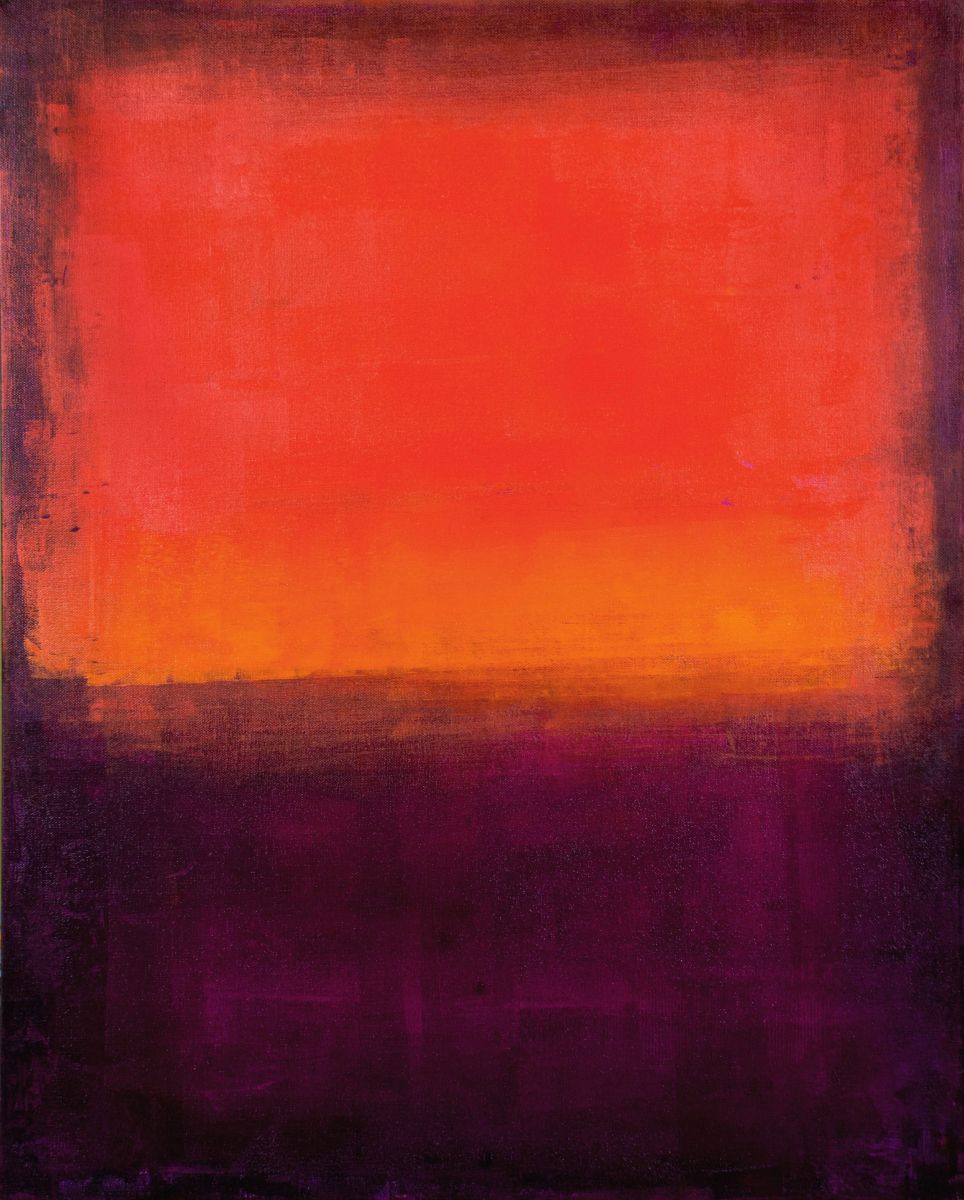
Abstract Expressionism marks a watershed moment in the annals of art history, begging audiences and critics alike to plunge into the depths of a canvas swathed in emotion and spontaneity. This movement, birthed in post-World War II America, heralded a new age of painting defined by an intensely personal approach to art-making. In this article, we'll explore the nuances of Abstract Expressionism, inviting readers to look beyond the canvas to grasp the profound narratives interwoven into its fabric.
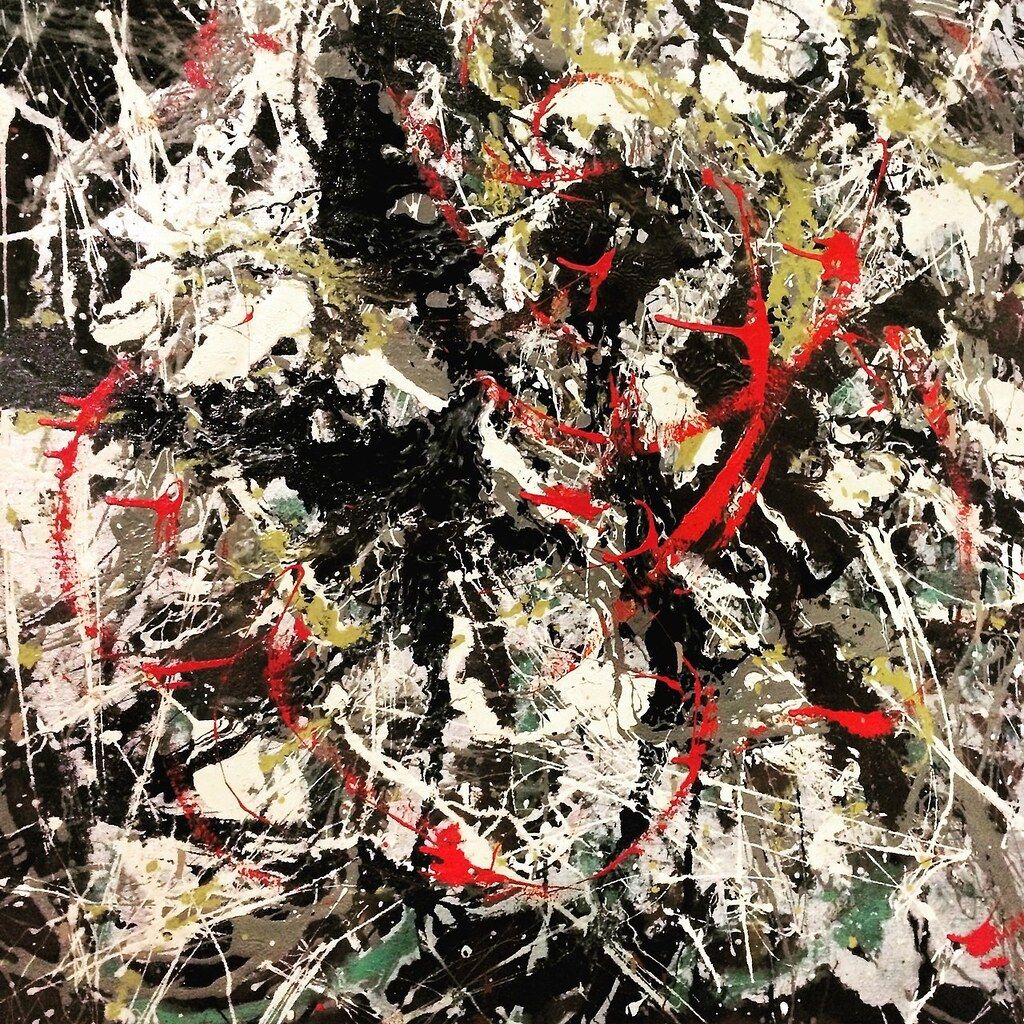
The Emergence of Abstract Expressionism
The term "Abstract Expressionism" was first coined by art critic Robert Coates in 1946, but the movement itself took shape in the 1940s and reached its zenith in the 1950s. Born out of a post-war society grappling with profound existential angst, artists sought to express their individual subconscious through their works, making the act of painting an event itself.
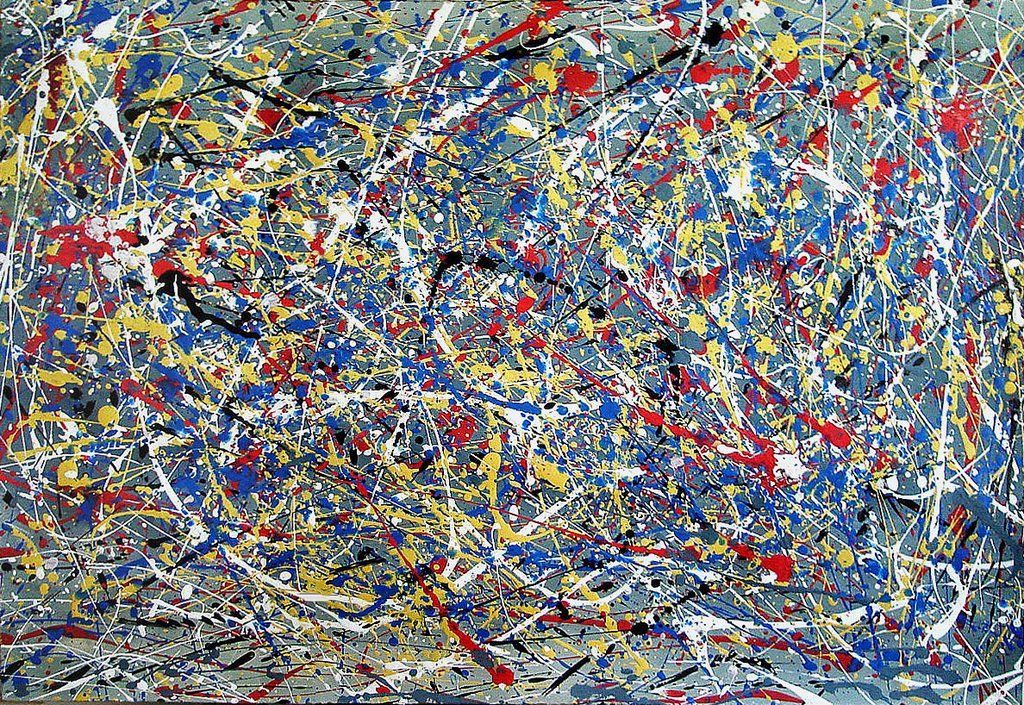
Key Characteristics
Abstract Expressionism is typified by large-scale canvases with swathes of color, bold brushstrokes, and an emphasis on the gestural. Unlike the precise and calculated strokes of earlier artistic movements, Abstract Expressionists embraced a raw, improvisational style that was as much about the process of creation as the finished product.
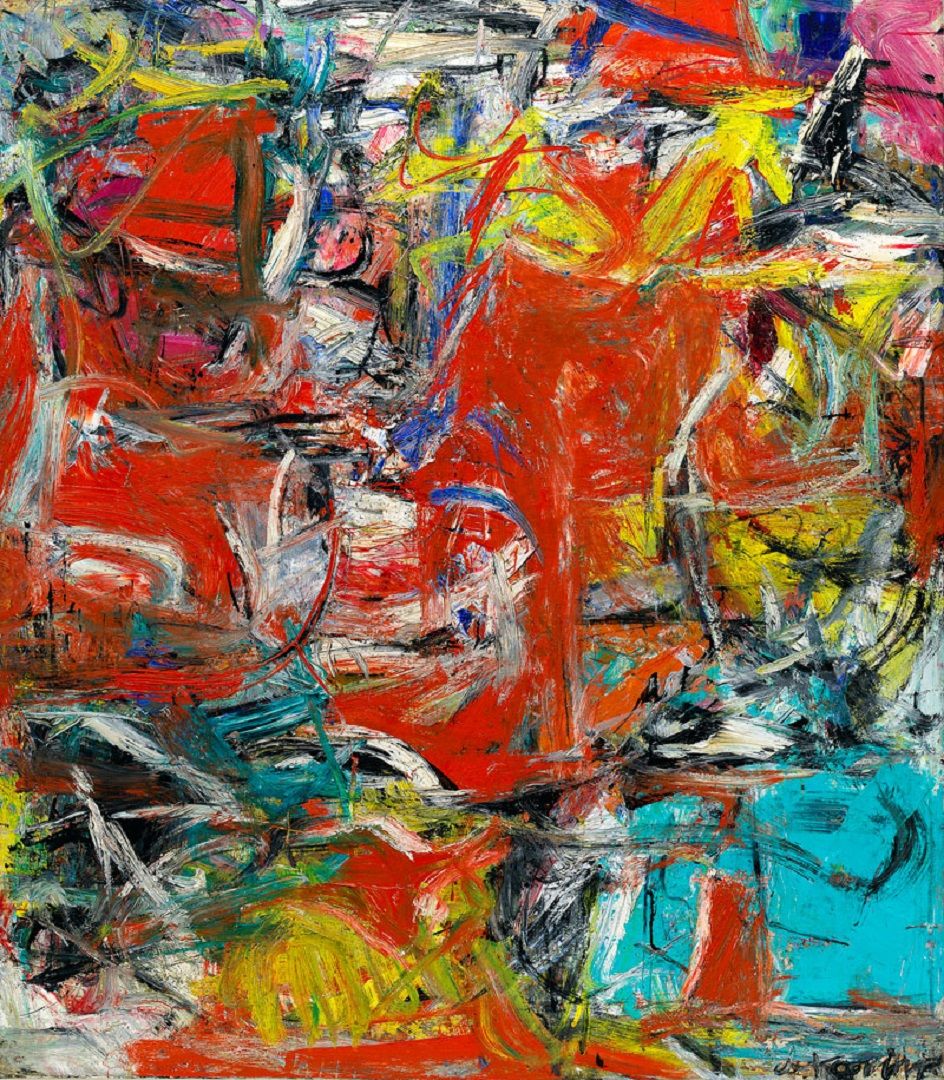
Breaking Down the Aesthetic
The aesthetics of Abstract Expressionism go beyond the mere chaotic appearance of the artworks. It beckons onlookers to perceive with emotions rather than eyes, allowing the work's kinetic energy and tactile qualities to evoke a visceral response.

Color Field Painting vs. Gestural Abstraction
The movement can roughly be divided into two primary styles: Color Field Painting, which focuses on the mystic qualities of large areas of color, and Gestural Abstraction, which is more dynamic and emphasizes the brushstroke and the artist's physical engagement with the canvas. Artists like Mark Rothko and Barnett Newman are associated with the former, while Jackson Pollock and Willem de Kooning are icons of the latter.

The Philosophical Undertones
Abstract Expressionism is deeply connected to the philosophy of existentialism, embracing concepts of freedom, spontaneity, and the search for authenticity. The movement sought to express the inexpressible—inner emotions and the human psyche—through an abstract visual language.

An Expression of Individuality
At its core, Abstract Expressionism is an affirmation of the artist's individuality, communicating complex feelings without the need for figurative representation. The artist's personality and mood spill across the canvas, inviting the audience to a form of silent dialogue with the art.

Challenges to Traditional Interpretation
Understanding Abstract Expressionism demands abandoning preconceived notions of what art should be and look like. Traditional interpretive frameworks often fall short when faced with these avant-garde pieces, leading to polarizing opinions and perplexing encounters with the art.

The Audience's Experience
Without the anchor of recognizable forms or subjects, the audience's experience of Abstract Expressionist work is highly subjective. Each viewer brings their personal experiences, emotions, and psyche to the interpretation, often resulting in divergent understandings of the same piece.
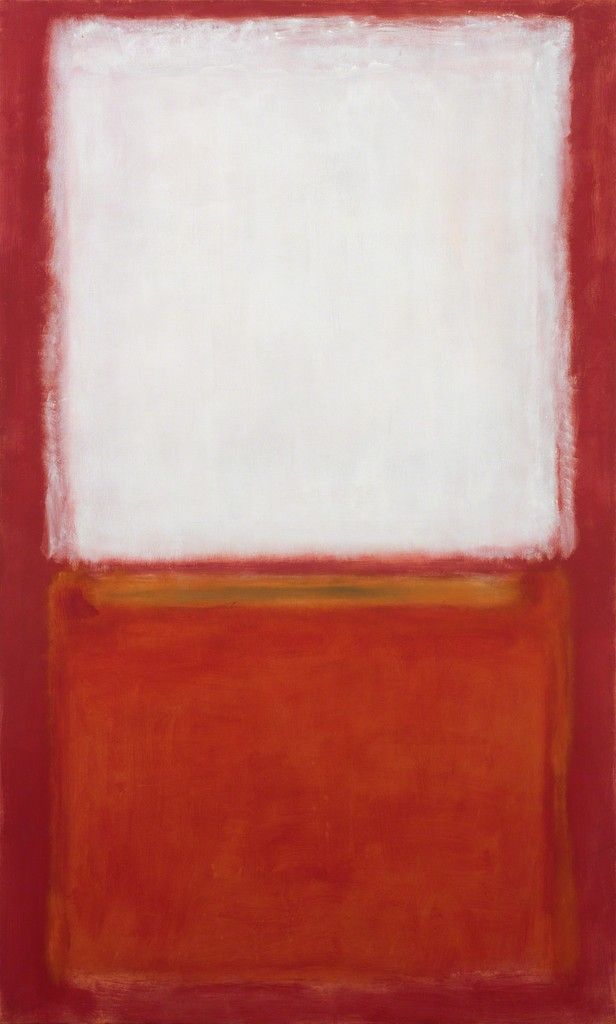
Abstract Expressionism Today
While the zenith of Abstract Expressionism faded as the 20th century progressed, its influence endures. Contemporary artists continue to draw inspiration from its principles, ensuring the style's concepts continue to evolve and be reinterpreted across various media and within new cultural contexts.
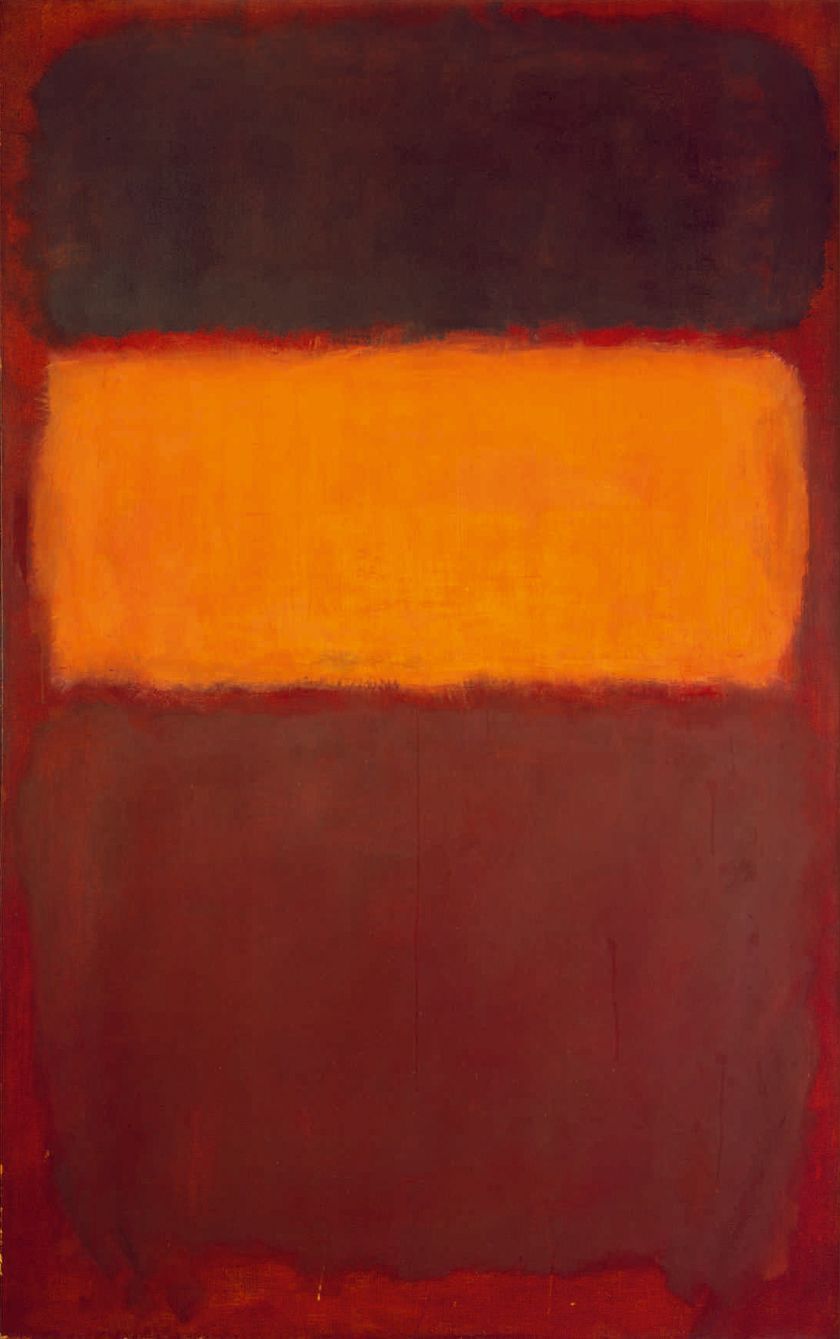
Conclusion
Abstract Expressionism is not confined to the perimeters of a stretched canvas—it encompasses an immersive experience where art acts as a catalyst for personal reflection, emotional release, and profound understanding. This movement encourages us to shed our reliance on the visible world and instead, search for meaning within the abstract, the emotive, and the gestural. It's an invitation to immerse beyond the canvas into the waiting arms of the unfathomable. By taking this leap, we not only unravel the mysteries of Abstract Expressionism but also the boundless potential of human expression.
